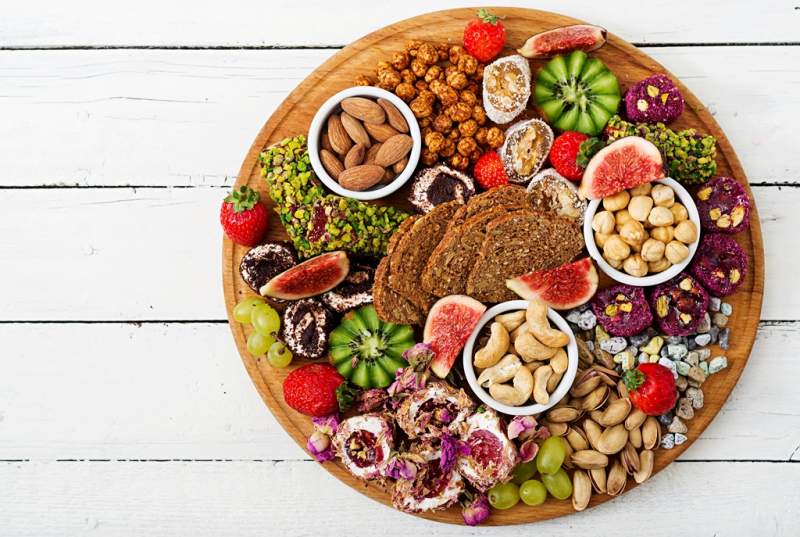The paleo diet is becoming increasingly popular for health-conscious individuals. Simply meaning ancient, the Paleo diet, developed by Dr. Loren Cordain, is based on mimicking the diet humans ate in the paleolithic age, sometimes called “the caveman diet.” This is not prehistoric thinking; however, the basic concept of paleo is to eliminate processed foods and chemicals and replace them with fresh, wholesome organic alternatives.
Medical research backs up most of the paleo diet’s precept. The modern age of mass food production has crept further toward chemical assistance in subtle and condoned ways. Science is starting to show that this shift doesn’t suit our bodies. Nature knows best, and natural food is the best.
Whatever the reasons behind the diet, if you want to adapt menus for paleo diners, there’s some easy steps you can take.
Key Principals for Paleo Diners
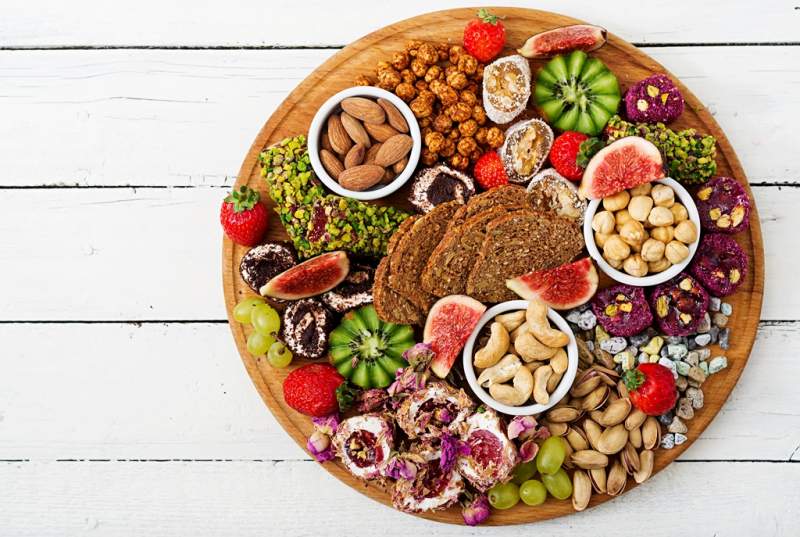 The paleo diet means no processed food and no chemicals. However, following the paleolithic concept goes a step further, and meals must be restricted to no legumes, grains, potatoes, dairy, sugar, salt or alcohol. Use raw ingredients whenever possible.
The paleo diet means no processed food and no chemicals. However, following the paleolithic concept goes a step further, and meals must be restricted to no legumes, grains, potatoes, dairy, sugar, salt or alcohol. Use raw ingredients whenever possible.
Buy Organic and Make from Scratch
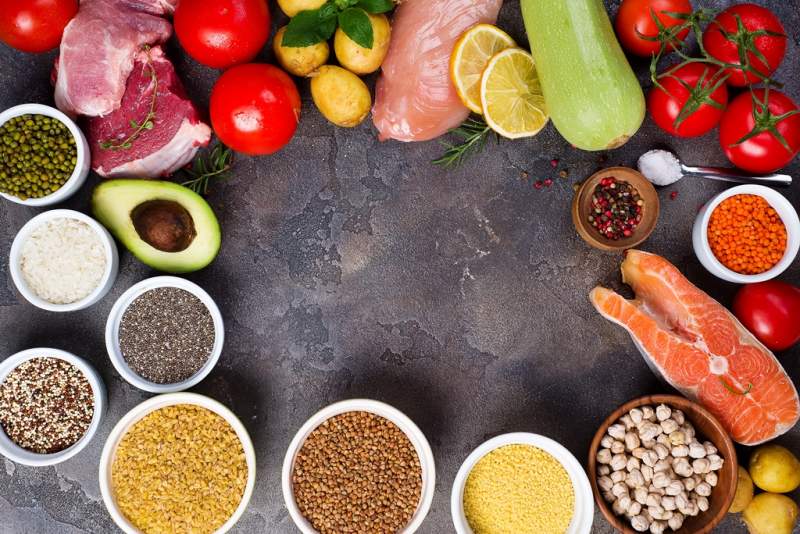 The first step to adapting your menu for paleo diners is to start with paleo ingredients.
The first step to adapting your menu for paleo diners is to start with paleo ingredients.
- Buy only grain-fed or game meats and wild (non-farmed) fish.
- Buy only organic fruits and vegetables.
- Buy free-range eggs and chicken.
- As a rule, do not buy packaged food unless it is strictly paleo compliant.
Use These Easy Paleo Substitutes
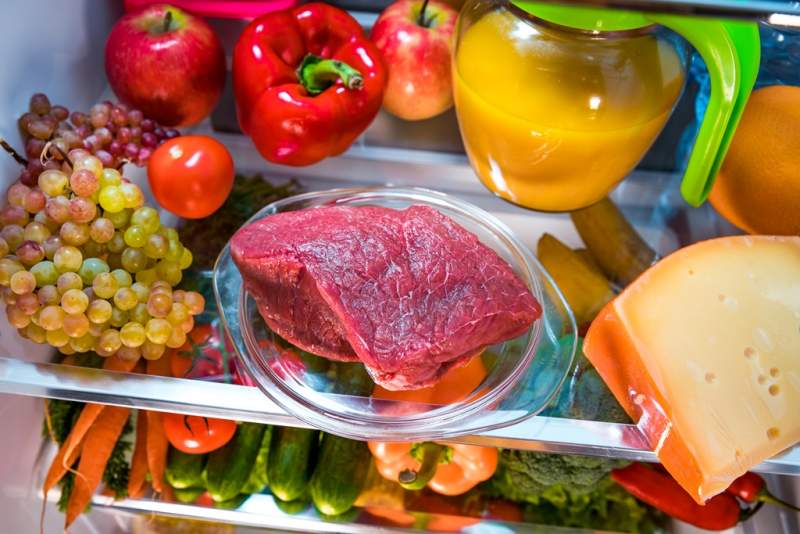 The next step to making meals paleo while retaining flexibility in menu plans is to understand how to replace traditional ingredients with paleo alternatives.
The next step to making meals paleo while retaining flexibility in menu plans is to understand how to replace traditional ingredients with paleo alternatives.
There are a few key ingredients that can be replaced with acceptable paleo alternatives while retaining the same delicious taste and texture, and in some cases, they make an improvement.
- Honey is a good substitute for sugar, as it is natural and was around in the paleolithic age. Maple syrup is also a good substitute, but make sure the maple syrup is pure, not mixed.
- Almond flour, tapioca flour or coconut flour are among the many great alternatives for wheat flours. All three have many health benefits over and above grain flours and taste great. Coconut flour does have a slight coconut taste, but this is great for baking and curries.
- Coconut cream is a good replacement for dairy cream. Or for a less coconut taste, blend milk alternatives with olive oil. Tapioca flour also works well to thicken the consistency.
- Coconut, almond or soy milk are healthy alternatives for dairy milk. Each one has a host of nutritional benefits that make it far superior to dairy milk for paleo and non-paleo diners. Of the three, soy is the only one that has a significant non-dairy taste. Note that the coconut milk is a blend made with fruit juices that is very tasty on cereals and is not the canned type used in cooking.
- Cauliflower is incredibly healthy and can be used to replace an amazing number of starches such as rice. It makes a great base for pizza, tacos and hummus.
- Sweet potatoes should be used instead of white potatoes.
- Kale chips or vegetable chips, baked, taste great as a snack instead of potato chips.
- Use thinly sliced vegetables instead of noodles to create a paleo a lasagna. Spaghetti can be replaced by squash, or make your own pasta from almond or tapioca flour.
- Nut cheeses are easy to make and a delicious substitute for their dairy equivalents, for example cashew or almond cheese sauce.
- Garlic and ginger can be used as great flavorings instead of salt.
- Use olive oil in cooking, spreads and sauces. Olive oils, despite being slightly higher priced than vegetable oils, are far healthier and generally much tastier. Olive oils, coconut oils and palm oils are suitable for a paleo diet, and ghee is permitted.
- Nuts or flax seeds can be used instead of breadcrumbs to create a delicious toasty coating.
Create Dishes Easily from Scratch
 Making your own bread with simple paleo ingredients isn’t difficult, and there are lots of quick bread recipes to choose from, for example this five-minute paleo gluten-free loaf.
Making your own bread with simple paleo ingredients isn’t difficult, and there are lots of quick bread recipes to choose from, for example this five-minute paleo gluten-free loaf.
Make your own pasta with the non-grain flours suggested above. Simply mix flour and egg or flour and water and knead to a dough, then run it through a pasta machine — or roll it out thinly, fold it and cut it into strips. The trick is to get the pasta dough to the right consistency. With gluten-free pasta, this may require a little olive oil, and remember to refrigerate for a short time prior to rolling it out.
Make your own sauces to go with the dishes.
Don’t Buy Salads
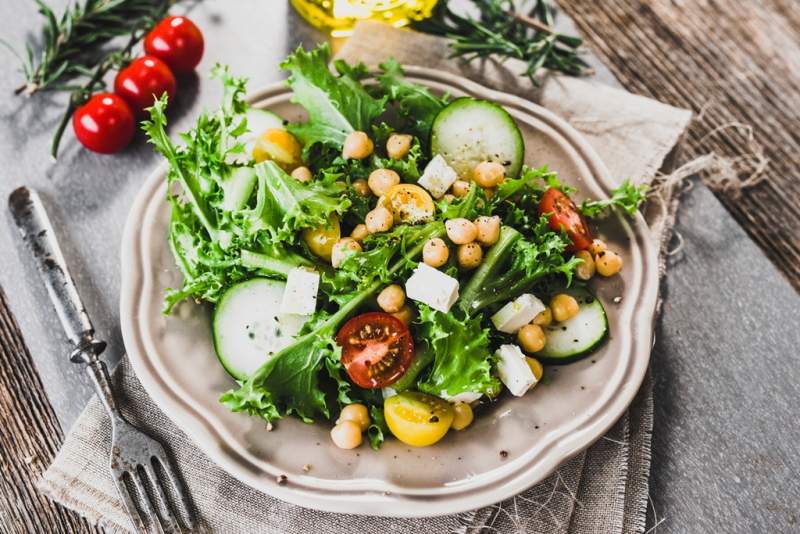 Salads are simple and therapeutic to make from scratch, including the dressing. Chop fresh vegetables of your choice. Dressings can easily be made in advance from paleo-friendly ingredients and kept on hand. Making salad provides lots of opportunities for creativity, and the salad may become your main feature.
Salads are simple and therapeutic to make from scratch, including the dressing. Chop fresh vegetables of your choice. Dressings can easily be made in advance from paleo-friendly ingredients and kept on hand. Making salad provides lots of opportunities for creativity, and the salad may become your main feature.
Make Your Own Sauces and Dressings Easily
 Simple sauces and dressings are often the best, so learning to adapt meals to paleo standards can be an easy fix with a new homemade sauce. A few simple ingredients placed in a hand blender or mixer will create paleo alternatives in a snap, like a simple olive oil salad dressing or an easy white sauce flavored with herbs or mushrooms.
Simple sauces and dressings are often the best, so learning to adapt meals to paleo standards can be an easy fix with a new homemade sauce. A few simple ingredients placed in a hand blender or mixer will create paleo alternatives in a snap, like a simple olive oil salad dressing or an easy white sauce flavored with herbs or mushrooms.
Here are some examples of ingredients for paleo sauces that will make any dish delicious:
- Paleo salad dressing: Balsamic or apple cider vinegar and olive oil.
● Mayonnaise: Egg yolk, lemon juice, mustard, olive oil.
● White Sauce: Tapioca flour with olive oil and almond milk, add any flavoring you desire once the base is made (e.g., mushrooms, garlic and parsley, herbs, lemon pepper — or lemon, mustard and egg yolk to make a hollandaise flavor).
● Cheese Sauce: Cashew nuts, tapioca flour, garlic and lemon juice.
● Relish: Tomatoes, sugar, balsamic vinegar and spices.
● Guacamole: Avocado, lemon juice, tomato, garlic, onion, red pepper and chili or cracked pepper.
Paleo Snack Adaptations
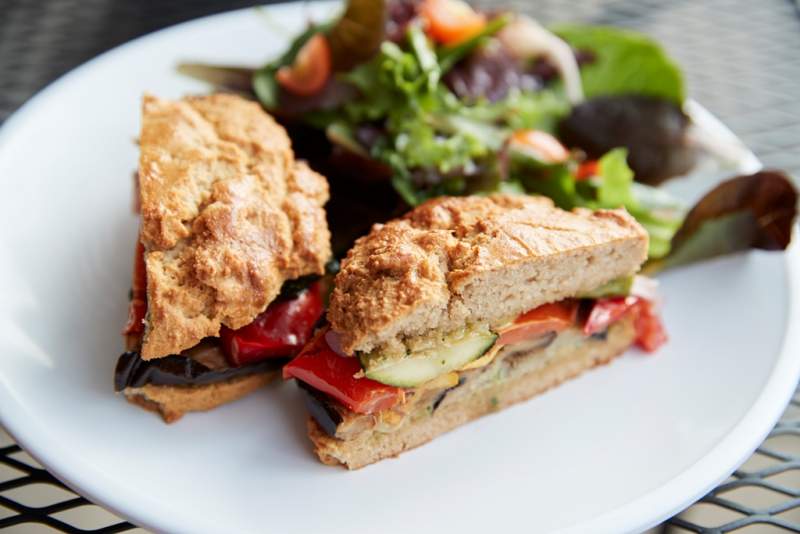 Deviled eggs make a great snack that is paleo suitable. Use a paleo mayonnaise or avocado, garlic, mustard and spices such as paprika and turmeric to suit your taste.
Deviled eggs make a great snack that is paleo suitable. Use a paleo mayonnaise or avocado, garlic, mustard and spices such as paprika and turmeric to suit your taste.
Guacamole is paleo — and it is delicious! Add a few cut carrot sticks, cucumbers or paleo cauliflower tortillas, and you’ve got a snack that will have your diners begging for more.
Baking a variety of vegetables into a chip-type snack is an incredibly successful and quick snack idea for paleo diners.
Mixing crushed tomato with some select herbs and spices, or chopping finely with onions and peppers, makes a great relish for topping vegetable chips or cauliflower tacos.
Nuts can be easily crushed to make into dips or served alone.
Adapting Dessert Ideas for Paleo
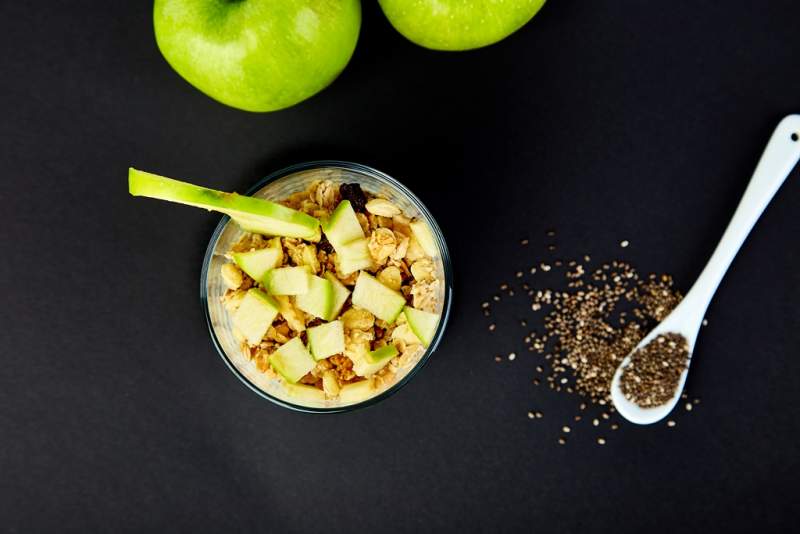 Healthy dairy-free ice cream can be made easily with full-fat coconut cream and honey. Sorbets and sauces can be made from fruit purees.
Healthy dairy-free ice cream can be made easily with full-fat coconut cream and honey. Sorbets and sauces can be made from fruit purees.
Carob is a great palio-accepted alternative to chocolate. Another alternative is to make your own chocolate using milk and sugar substitutions.
There are a huge number of cakes, cookies and other treats that can be made by using milk, flour and sugar substitutes.
Summary
Adapting meals for paleo diners is not difficult if you follow a few substitution rules. Plan ahead to make entire meals from your own organic ingredients; the results can be very satisfying, tasty and healthy!

